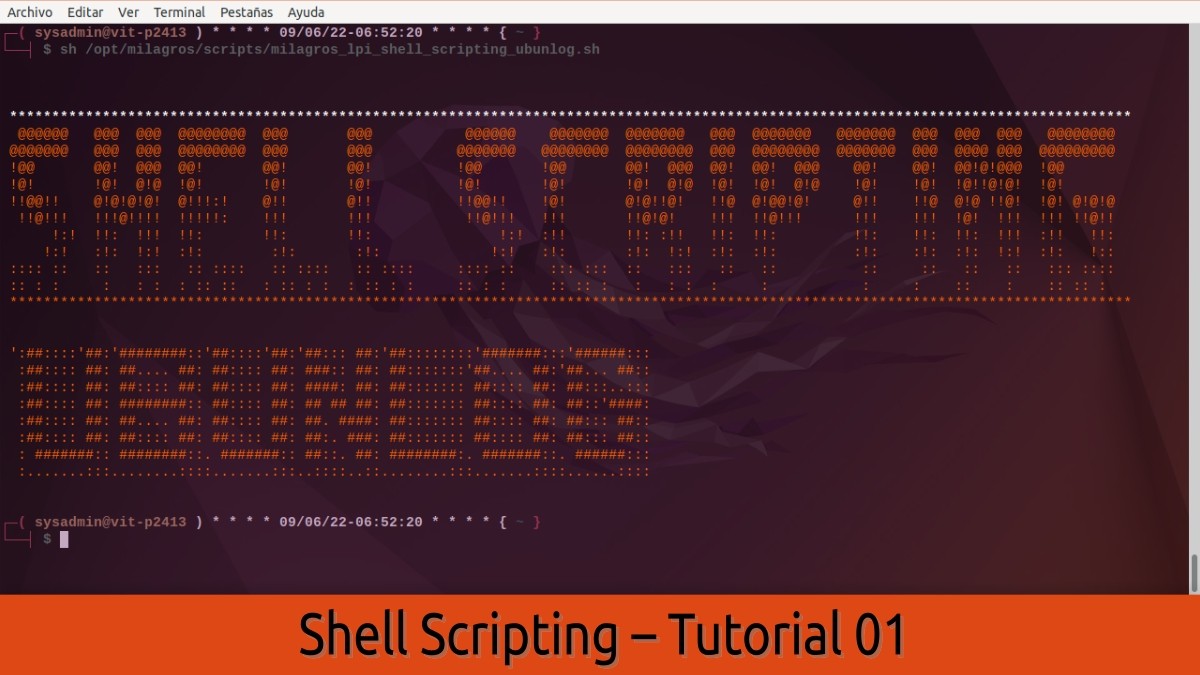
Shell Scripting – Tutorial 01: Terminals, Consoles and Shells
En Ubunlog we always seek to show news and novelties, together with guides and tutorials. For this reason, today we will start with a useful series of tutorials related to an extensive and advanced technical point in GNU / Linux.
Consequently, today we will start the first (Tutorial 01) from a series of short posts about Shell scripting. To help improve Terminal proficiency, to all those passionate users of GNU / Linux Operating Systems. Regardless of whether they do it amateurishly or professionally.
And before starting this Tutorial 01 on «Shell Scripting», we recommend exploring the following related contents, at the end of reading this post today:
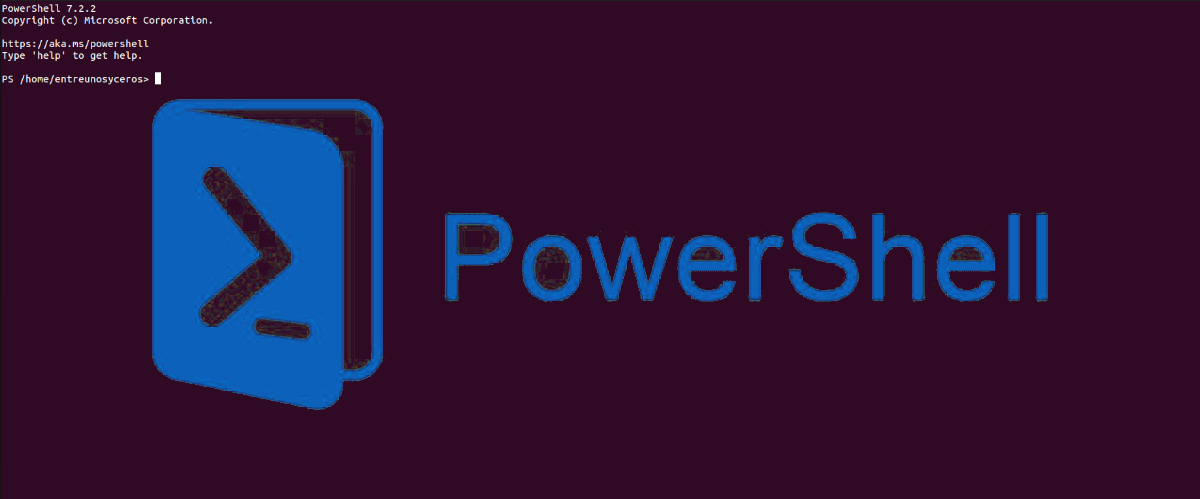
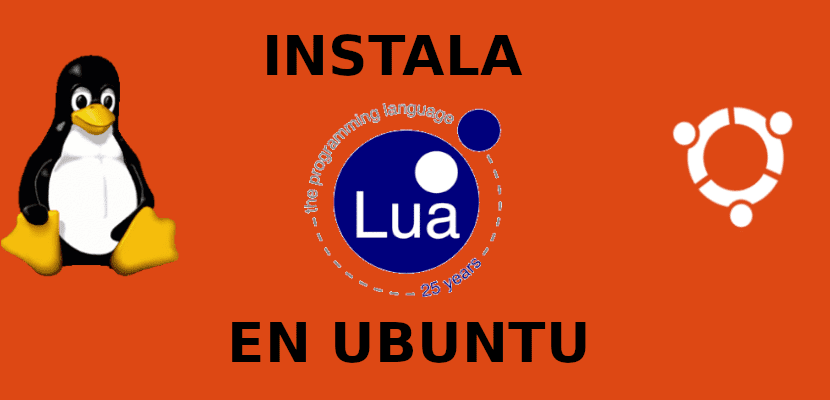
Shell Scripting Tutorial 01
Related basics
What is a Terminal?
When talking about hardware, the word is usually associated "Terminal" To them physical devices That allow us enter and receive information on a computer. However, in the field of development, and above all, in terms of use of operating systems in text mode, the word "Terminal", usually refers specifically to the 'terminal emulators'. That is, those applications that allow us to use the text mode within a graphical user interface (GUI). Thus, execute and give access to a shell or multiple shell types.
A good well-known example is Windows, which offers the well-known Windows Terminal, which by default allows you to use Windows PowerShell (or just PowerShell), and the app "Symbol of the system" or simply CMD (Command Prompt). Whereas, in GNU/Linux there are many Terminal applications, which can use multiple Shells. Being the best known Bash Shell.
What is a Console?
The term "Console" just like that of "Terminal", in terms of Hardware, are usually associated with the same thing. However, in terms of Software, its most correct association should be that of a open session in a shell. A good example to understand this is that we can open a terminal and open 2 tabs (Consoles) in it.
And in each one, start a different shell session. Furthermore, in the GNU / Linux Operating Systems, we usually have access to various consoles known as TTY (TeleTYpewriter), which can be accessed using the following keyboard shortcuts: Ctrl + Alt + Function key (from F1 to F7).
What is a Shell?
A shell can be briefly described as, a operating system command interpreter. So, in turn, a shell can be seen as a high performance text interface, which is used through a Terminal (Console) for very specific purposes, such as: Managing an operating system, executing and interacting with applications and offering a basic programming environment (development). In addition, in GNU/Linux there are many Shells, among which the following can be mentioned: zsh, Fish, Ksh and Tcsh, Entre otras muchas.
In the next and second tutorial, we'll dive a little deeper into Shells, especially Bash shell. And then we'll move on Scripts and Shell Scripting.
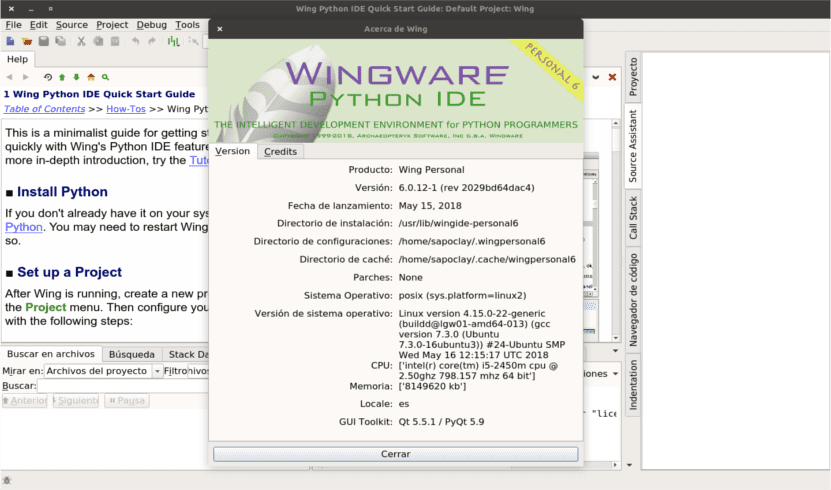
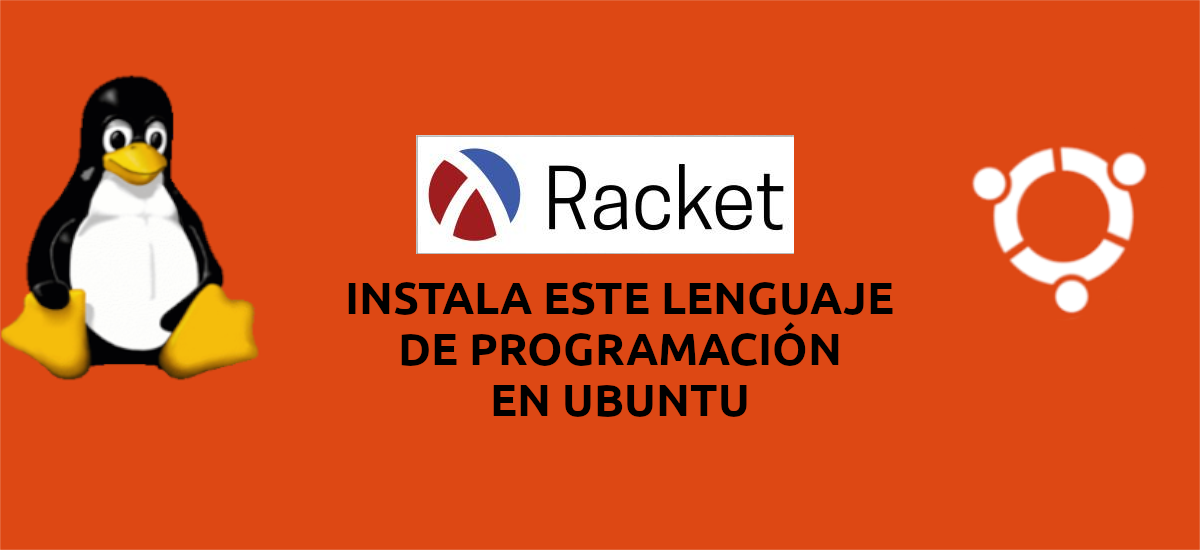
Summary
In short, we hope this Tutorial 01 on «Shell Scripting» be to the liking and usefulness of many. And a great starting point to contribute to the training in the use of the GNU/Linux Terminal, especially for those beginner users in sayings Free and open operating systems, which most likely only use graphical applications to manage them.
If you liked the content, comment and share it. And remember, visit the beginning of our «site», in addition to the official channel of Telegram for more news, tutorials and Linux updates.


